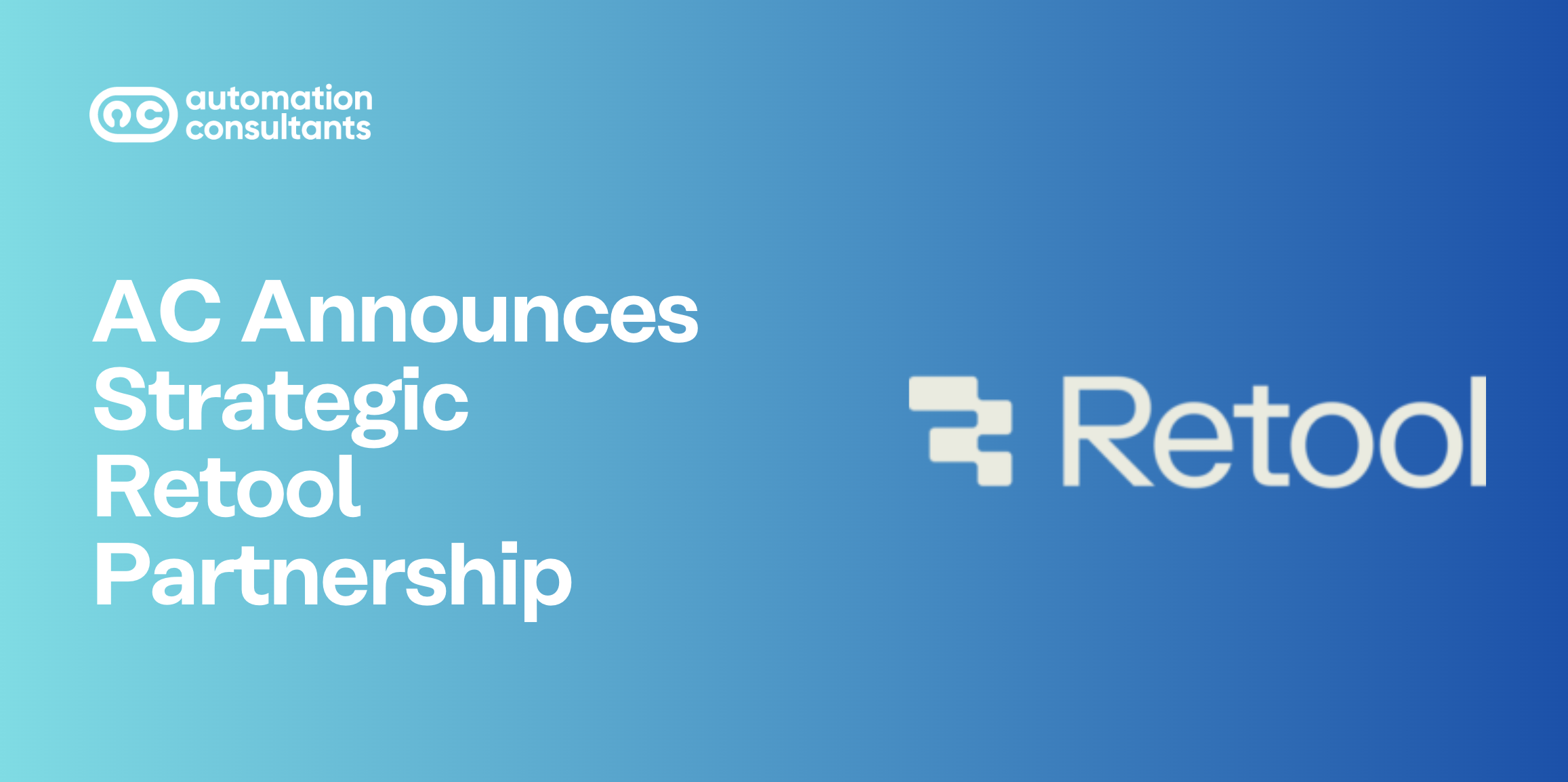We often get asked when to move from Jira cloud to server. It is a common story; a small development team or a single developer within a large organisation sets up an instance of Jira cloud to support their development work. Over time, this instance becomes integral to the development team and starts to be used more widely. At this point, problems begin to emerge, such as the amount of space allocated for attachments, or the number of users overall, or even a requirement to integrate with the company’s Active Directory.
This is when clients must consider whether to migrate from Jira cloud to server, but when is the right time to do this?
Jira cloud to Jira server: understanding the key differences
To get a clearer idea of why you might want to migrate from Jira cloud to server, or indeed Jira server to cloud, and help to determine when might be a good time to do so, let’s look at the differences between the two offerings.
WANT TO BE BETTER AT RUNNING AGILE PROJECTS ON A LARGE SCALE?
WATCH OUR JIRA PORTFOLIO PRESENTATION NOW
If you use the web application, you are always up-to-date with the latest version of Jira, and the setup of the site takes minutes. Additionally, because the instance itself is maintained by Atlassian, the server side administration is removed completely, making maintenance of the instance less time consuming.
When clients tend not to favour Jira cloud, it is typically for one of the following reasons:
- There is a hard limit on the number of users (2000 max.)
- There is a hard limit on the size of data storage for attachments (100 GB for a user base greater than 500, and 25GB for a user base less than 500)
- Although this is less of an issue than it once was, it is still true that several add-ons for Jira are not available for the web application
- The data itself is hosted in Atlassian’s data centre in the US, and there are legal reasons why some customers may not want their data hosted there
- The business needs user accounts in Jira managed from the Active Directory
When one of these points becomes a problem, clients must look at making the move from Jira cloud to server.
The server version does not have user number and data storage limitations. Whilst there is additional maintenance required for the server version of the software, many more add-ons are available.
Where clients want to have the benefits of the server, but host the application in a cloud environment, we recommend the Jira data centre option, which is optimised for AWS deployment. This has been a preferred choice for several our customers.
Final thoughts…
Although the cloud offering is perfect for quickly setting up a small, low maintenance instance of Jira, there will often come a point when the limitations of the cloud become a barrier to using it further. Properly considering your usage case and development requirements will help you decide which version of Jira Software is fit for purpose.
Get in touch with one of our expert consultants to discuss your Jira product needs in more detail.




